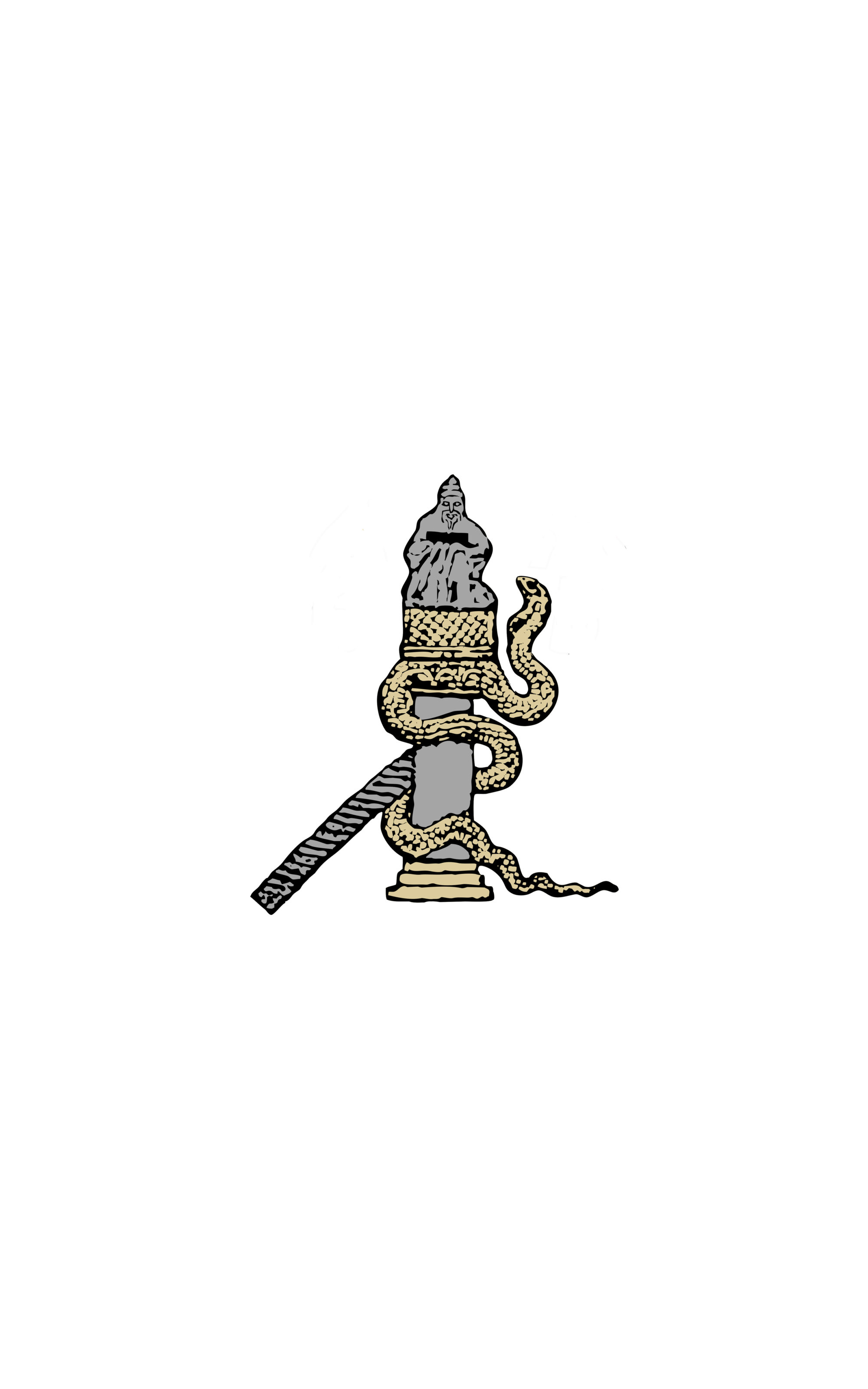The built environment of the East Mediterranean from the fourth to the seventh centuries: the impact of Christianity.
Morgan Dirodi, St Cross College, Université d’Oxford
The cities of the eastern Mediterranean were lively centres of urban life and monumentality. The rescript of Milan gave Christianity a major role within Roman society and allowed it the possibility to intervene in the urban landscape. Thus the rise of Christianity as a major social and political actor led to it shaping the city and it having to adapt to the city itself.
To better understand the way in which the urban landscape and monumental Christianity interacted I am proceeding to analyse a number of cities in the Levant to develop a clear understanding of the chronology of the rise of monumental Christianity and its influence on the topography of these cities. I am proceeding in two mains steps: firstly I am constructing a (partial) gazetteer of the main cities of the Levant, of their Christian building activities and their Late Antique urban contexts. My aim in this first part is to lay out in one single corpus all the necessary information that an analysis of such a procedure requires, to enable me to examine the development of the region in a transversal manner rather than the fragmented picture that is currently offered by the large number of discreet publications that is currently available. Secondly I intend to analyse the data that I have collected in order to identify the main trends that are involved in the Christianisation of the region. As a result of my initial data collection I have, so far, identified two major trends that I will discuss in the paper: on the one hand there is pragmatism: due to the complex urban environment of the Levant, Christians were forced to be pragmatic in the size scale and scope of their buildings, adapting the plans and locations of Churches to the urban context. The second trend is a opposition between monumental and topographic priorities: when locations had to be chosen very often the choice was between the best location (topography) and the location that allowed the best monumental development (monumentality), the choice of where church complexes were built ( in particular cathedrals) and their size and scope is thus of particular importance.

